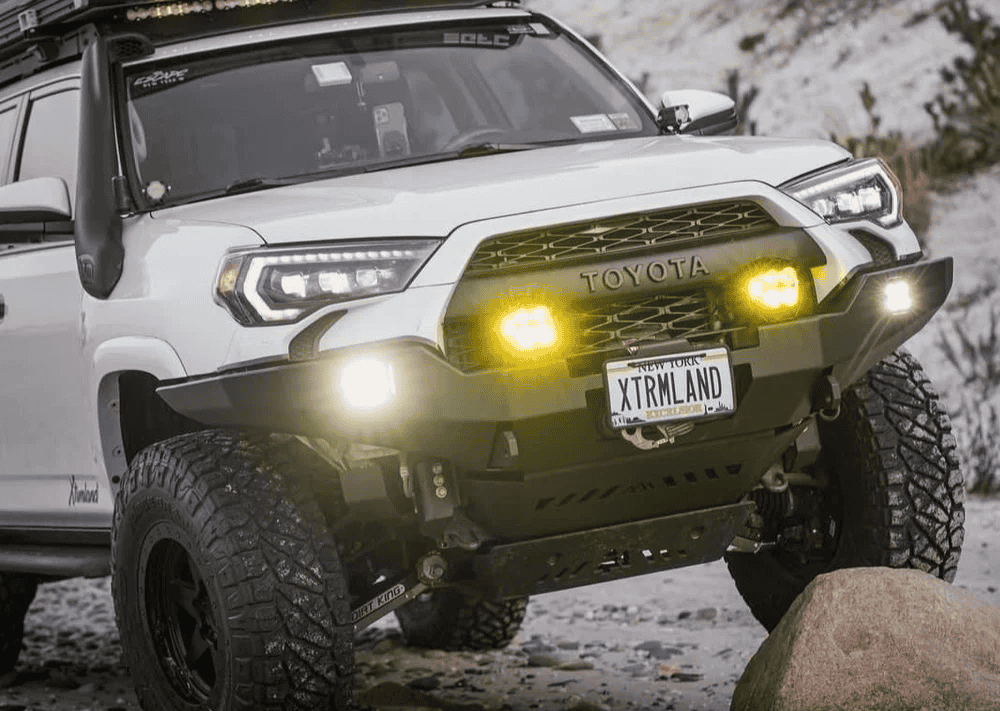Overland Vehicles

Remote exploration vehicle systems bring together energy, data, and mobility into a single platform that can operate days or weeks from support. A dependable architecture starts with a balanced power plan that pairs storage with generation and clear distribution paths. Engineers size battery capacity for peak and sustained loads, then select charge sources like solar, alternator, or portable generators to replenish reserves. High quality inverters, DC distribution, and protected wiring harnesses ensure stable delivery to mission electronics and life support. The design goal is simple: continuous power, predictable failure modes, and quick field service if something goes wrong.
Environmental hardening keeps hardware alive when the world fights back. Sealing against dust and water, corrosion resistant fasteners, and vibration isolation protect sensitive components from shock and grit. Thermal management is equally critical, using insulation, airflow design, heat sinks, and active cooling to keep batteries and processors within safe ranges. Cold weather introduces different risks, so battery heaters, low temperature lubricants, and cold start strategies are part of the baseline. Every enclosure, bracket, and mount earns its place by protecting uptime.
A sound energy stack begins with the load sheet that lists every device, duty cycle, and surge requirement. Lithium iron phosphate batteries are common for their cycle life and safety profile, paired with smart battery management for cell balance and thermal control. Solar adds quiet generation during daylight, while high output alternators can backfill reserves during transit or idle. Smart charge controllers prioritize sources and protect batteries from abuse. Clear labeling, accessible fusing, and service loops transform a tangle of wires into a maintainable power bay.
Reliable data underpins safe remote operations. Satellite connectivity extends command, simple text telemetry, weather updates, and SOS beyond cellular range. Onboard radios can maintain vehicle to vehicle links for convoy or team comms. Navigation stacks typically combine multi band GNSS, inertial sensors, and visual odometry to hold accuracy when signals degrade. Sensor fusion blends these inputs to maintain a stable position estimate even under canopy or canyon walls.
Autonomy in this context often means supervised assistance rather than full unsupervised operation. Driver aids such as terrain aware traction control, managed crawl functions, or adaptive descent can reduce fatigue and risk. For unmanned segments, geofenced routes, obstacle detection, and remote pause or return procedures are key. Logs, health checks, and firmware management complete the data loop, allowing operators to monitor the platform and push updates safely.
Redundancy keeps the mission alive when an element fails. Dual power paths for critical radios, separate antennas for sat and line of sight, and independent navigation sources give operators options. Fail safe states protect people and equipment, defaulting to controlled stops or reduced capability modes rather than abrupt shutdowns. Clear human procedures and checklists matter as much as code, ensuring a predictable response during stress.
Mobility begins with the right platform for the terrain. Tire choice, gearing, lockers, and suspension tuning determine how the chassis behaves across sand, rock, snow, or mud. Skid protection, recovery points, and winch systems are not decoration; they are insurance when conditions change. Weight discipline preserves handling, braking, and range, so mounts and cabinetry should be strong, light, and bolted where possible for service.
Field serviceability is the difference between a short delay and a mission abort. Modular racks, quick access panels, labeled harnesses, and common fasteners speed repairs. Carrying a curated spare kit for belts, fuses, fluids, connectors, and a spare wheel covers the most likely faults. Pre trip shakedowns, torque checks, and battery health tests catch early warnings before departure. Validation runs under load and in adverse weather often reveal issues that a garage cannot.
Validation is not a single pass. Thermal soak tests, dust and water exposure, vibration checks, and range trials uncover weaknesses in mounts, harnesses, and firmware. Logging real power consumption rather than relying on estimates tightens the energy model. After changes, regression testing confirms previous functions still behave. This discipline builds trust in the platform when it is far from help.
As teams bring these pieces together, a clear interface strategy helps operators use the system confidently. Displays that surface only what matters, tactile controls for critical functions, and night safe lighting reduce errors. Training and documentation close the loop, turning a complex machine into a predictable partner in the field.
Strong systems design is the baseline, but execution determines success. Purpose built overland platforms tuned for long range travel make an ideal foundation for science, filming, surveying, or relief missions. If you want to see what a proven build path looks like, explore Overland rigs crafted for real terrain and real miles. For teams that require tailored layouts, power, and comms, review our process at Custom overland upfit. If you are evaluating partners, this page outlines our approach to listening first and building second: Why choose OZK Customs.
OZK Customs designs and builds remote ready vehicles that integrate dependable power, satellite communications, navigation resilience, and rugged interiors. Our team in Fayetteville, Arkansas focuses on practical reliability, clean integration, and service access so your rig works hard without drama. Whether you need a long range adventure van or a purpose built overland platform for remote work, we align the chassis, energy plan, and comms stack with your objectives and timeline. Start with our Overland rigs overview, then dive deeper into our tailored approach at Custom overland upfit, or learn more about our standards at Why choose OZK Customs. We do not rent vehicles and we do not facilitate DIY builds; we engineer, fabricate, and deliver complete turn key solutions built for remote work and real exploration.
Ready to turn mission requirements into a field proven rig? OZK Customs designs and builds overland vehicles with reliable power, comms, and protection systems that match your terrain and timeline. Share your use case and we will spec a platform that works the first time and every time.
ADDRESS:
6159 E Huntsville Rd, Fayetteville, AR 72701
PHONE:
(479) 326-9200
EMAIL:
info@ozkvans.com